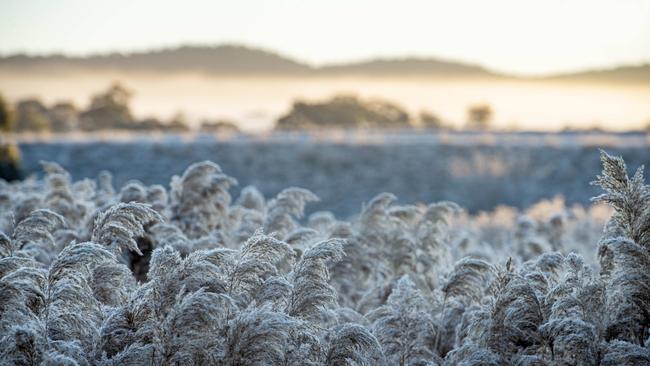Dry conditions, hail, frost impacted crops in 2024
Cropping in 2024 wasn’t easy. Dry conditions, hail, frost and late-season rain took a toll on yields and quality as farmers hope for a better year ahead.
Cropping farmers hope the 2025 season won’t throw up the plethora of seasonal challenges that were evident in 2024.
Everything from frost, hail and a deluge of late-season rain caused yields to be lowered and affected the quality of grain and oilseed crops.
Cropping farmer and president of the Victorian Farmers Federation Grain Council, Craig Henderson, from Warracknabeal, said harvest finished at his place three weeks ago, but it had been a challenging year.
“The season was tough from start to finish,” he said.
“There were pockets of good results, but we saw some big variations in yields,” he said.
Mr Henderson said lentil yields ranged by as much as 0.2 tonnes/ha at his place to more than 2 tonnes/ha.
“And farmers in the northeast of the state have been affected by late-season rain damage,” he said.

Looking forward to 2025, he will stick to the same cropping rotation incorporating wheat, barley, lentils, oaten hay and some vetch.
And while some primary producers might hope for a lower dollar to help improve commodity prices, Mr Henderson said this equation goes two ways.
“A lower dollar helps with our prices but increases our inputs and machinery costs,” he said.
There was hope that the climatic patterns experienced by northern NSW and Queensland, delivering good amounts of in-crop rainfall, could move south, and Mr Henderson said this would be welcomed.
Birchip farmer John Ferrier also described the 2024 growing season as challenging and said he finished harvest two weeks ago.
“We were reasonably happy with our yields given we only got 100mm of growing-season rainfall,” he said. Typically his region would receive 250mm of rain for the growing season.
Yields for wheat varied from 1 tonne/ha to 2.7 tonnes/ha.
Mr Ferrier said the aim now was to control summer weeds and conserve soil moisture in preparation for the 2025 crop.
Rutherglen farmer Ashley Fraser said late-season rainfall of 260mm in November had resulted in quality and yield downgrades in his area.
The wheat that was harvested before rain damage achieved a yield of 6 tonnes/ha. After the rain yields dropped to 4.5 tonnes/ha.
“We are seeing a continuing trend of getting up to 40 per cent of our annual rainfall during the summer months,” he said.
In 2025, he will grow 30 per cent wheat and 30 per cent canola, and the balance will be a mix of lupins, beans and oats.




